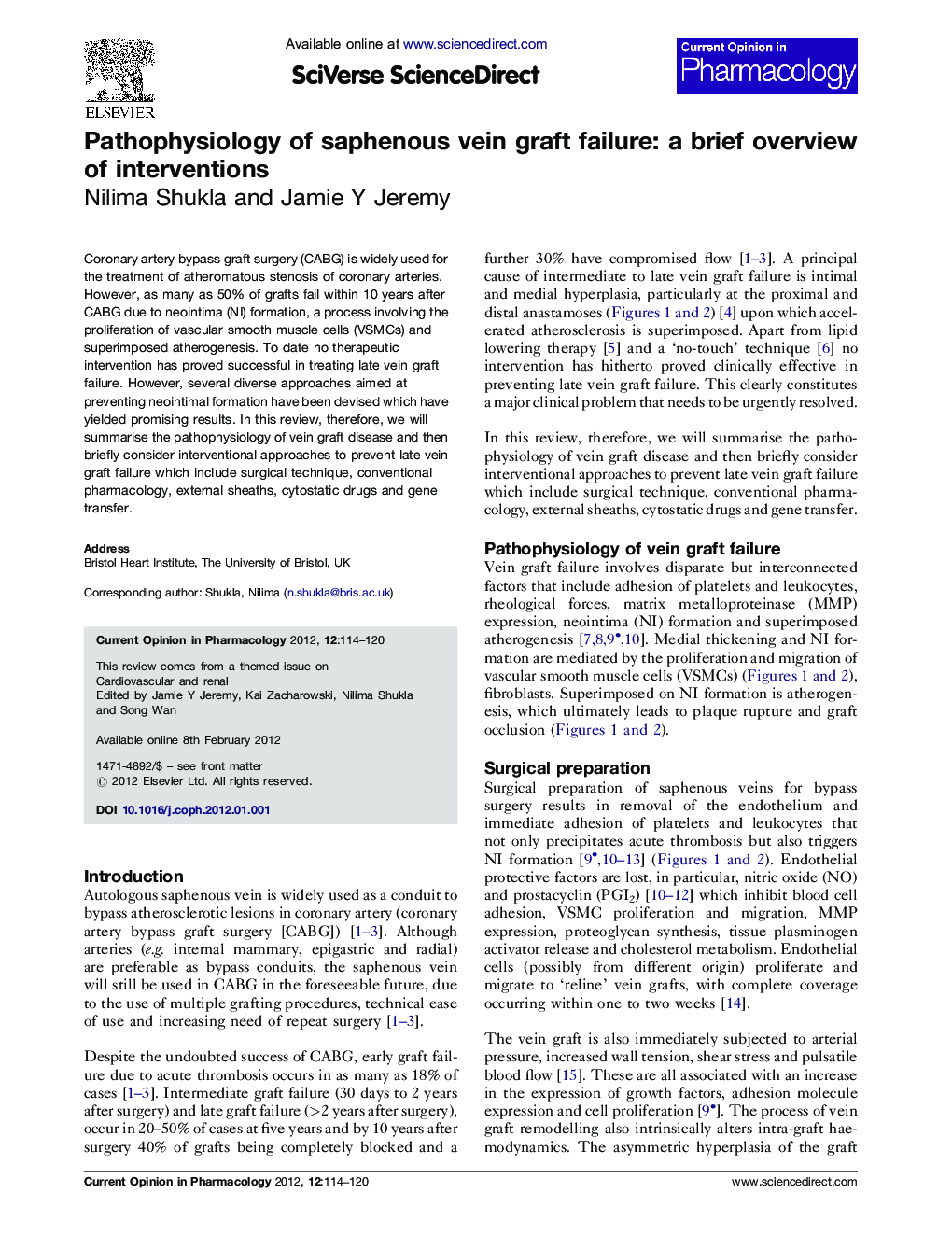| Article ID | Journal | Published Year | Pages | File Type |
|---|---|---|---|---|
| 5826415 | Current Opinion in Pharmacology | 2012 | 7 Pages |
Coronary artery bypass graft surgery (CABG) is widely used for the treatment of atheromatous stenosis of coronary arteries. However, as many as 50% of grafts fail within 10 years after CABG due to neointima (NI) formation, a process involving the proliferation of vascular smooth muscle cells (VSMCs) and superimposed atherogenesis. To date no therapeutic intervention has proved successful in treating late vein graft failure. However, several diverse approaches aimed at preventing neointimal formation have been devised which have yielded promising results. In this review, therefore, we will summarise the pathophysiology of vein graft disease and then briefly consider interventional approaches to prevent late vein graft failure which include surgical technique, conventional pharmacology, external sheaths, cytostatic drugs and gene transfer.
Graphical abstractDownload high-res image (168KB)Download full-size imageHighlights⺠Coronary artery bypass graft surgery as a procedure. ⺠Prevalence of vein graft failure. ⺠Pathophysiology of vein graft failure, in particular, neointima formation and superimposed atherogenesis. ⺠Interventions for preventing vein graft failure with an emphasis on drugs.
